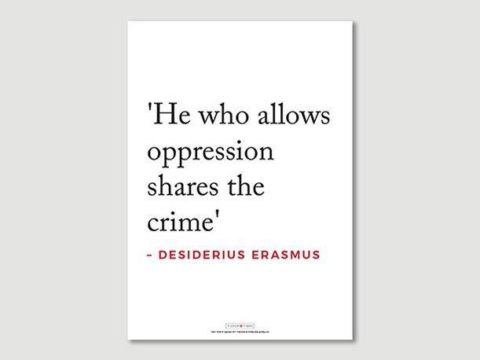William Cecil: Family Life
Chapter 2 : A Growing Family
One of Mildred’s attractions as a match for Cecil had been her connections, and the promise of this seemed to be fulfilled when her brother married the cousin of Lady Jane Grey, a young woman who, in the early 1550s was talked of as a possible wife for Edward VI. In the event, Lady Jane was proclaimed Queen herself, with disastrous results.
Whilst the plan for Jane to take the throne was being hatched, Cecil was covering his back with carefully placed statements to his friends and family, suggesting reluctance to be involved. He even wrote to Mildred, asking her, in the event of his death in the commotion likely to follow an attempt to subvert the succession, to continue to look after his son, Thomas. Should she decide to marry again, she should chose a man of good (ie Protestant) religion.
No children other than Thomas were mentioned, because, although Mildred’s mother had had at least seven children in fairly quick succession, she and Cecil seem to have had some difficulty in beginning a family, and during Edward VI’s reign, so far as is known, they had no children.
Thomas seems to have moved to live with William and Mildred when they took the house in Wimbledon. However, it appears that family life was difficult. Cecil did not get on well with his son, either when he was a child, or later. He admitted in May 1561 that
‘To this hour I never showed any fatherly favour to him but in teaching and correcting.’
The result was, that, although there was never any open breach, there was little warmth between them. There is a record of them practising archery together in 1556, when Thomas was about eighteen. Hopefully, it was an enjoyable event, although one can image Cecil may have spent much of the afternoon carping at Thomas’ style.
On Mary’s accession, Mildred’s sister, Anne, who was married to Master of the Court of Wards, Sir Nicholas Bacon, became a part of the new Queen’s household. Later, a third sister, Margaret Cooke, also served Queen Mary. This link to the Queen’s household helped to maintain the Cecils’ profile during Mary’s reign, and both Cecil and Mildred visited Cardinal Pole and attended some of his sermons.
In 1554, Mildred gave birth to her first known child, a daughter, named Frances, presumably for Frances, Duchess of Suffolk, who, despite the execution of her husband and daughter, Lady Jane Grey, remained in favour with Queen Mary. Cecil later wrote of the arrival in his commonplace book:
‘Between 11 and 12 this night my wife gave birth to a daughter called Frances but after a few hours the tiny girl departed this mortal life and was buried at Wimbledon.’
In 1555, Cecil paid the dowry of his sister, Elizabeth, on her marriage to Robert Wingfield. He did not forget his father-in-law, who had chosen to leave England on Mary’s succession, for the more attractive, Protestant air of Strasbourg. Cecil sent him money regularly, and, no doubt thinking of him as well as his other Protestant friends, voted against a government bill that year to deprive exiles of their lands.
The Cecils were invited in July of 1556 to visit their friend, Sir Philip Hoby, at his home at Bisham. Sir Philip even offered to send a carriage for Mildred, as she was expecting. Probably fearing the jolting of the unsprung carriages of the time, the Cecils declined. Their carefulness paid off, as, on 5 th December, a healthy daughter was born, named Anne, presumably for Mildred’s mother and sister, or perhaps for her godmother Anne, Lady Petre. The Petres also gave a sumptuous gift of a gilt salt cellar.
Sir Philip Hoby also sent his congratulations, lamenting slightly that Anne was not that far more worthy creature, a son:
‘Of my lady’s daughter (in hope of a son hereafter), I trust ye be now no sorrowful man.’
Congratulations were also received from Cecil’s father-in-law, no doubt now relieved that his daughter was finally showing signs of knowing her duty. He hoped that Mildred would
‘increase [Cecil] with many sons and daughters, though she were not hasty at the beginning.’
These words tend to dispel any thoughts that Mildred had suffered many miscarriages or infant deaths previously.
Cecil adored his little girl, referred to as Nan, or even Tannikin, in family correspondence. When she was nine, he even wrote a poem for her – rather different from his usual dry outpourings. It went with her New Year gift of a toy spinning wheel. Ever the improving father, the gift was to encourage her ‘some thrift to feel’ in learning a housewife’s tasks.
William and Mildred had two more children who lived to adulthood. Robert, born 1 June 1563, and Elizabeth, born 1 July 1564. There were two short-lived boys, both named William, who were born in 1559 and 1561. Robert too, although he survived, was not especially robust – he had some physical deformity which gave him a curvature of the spine.


